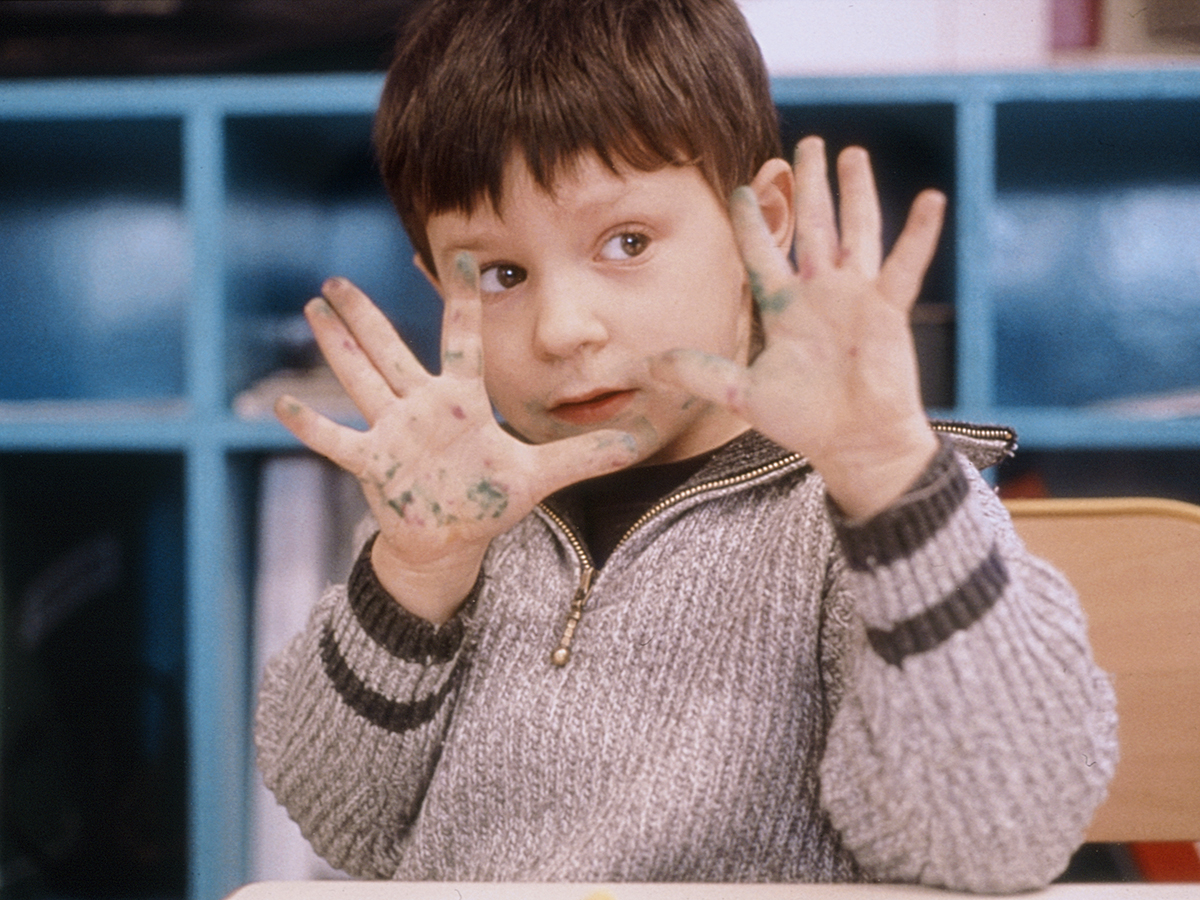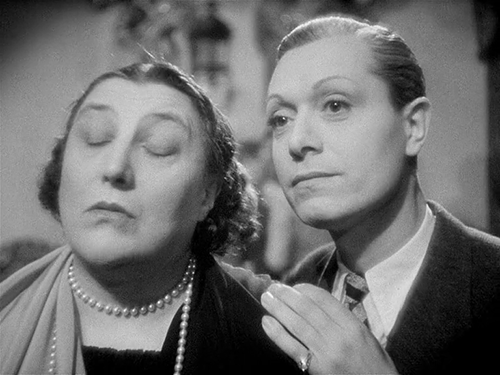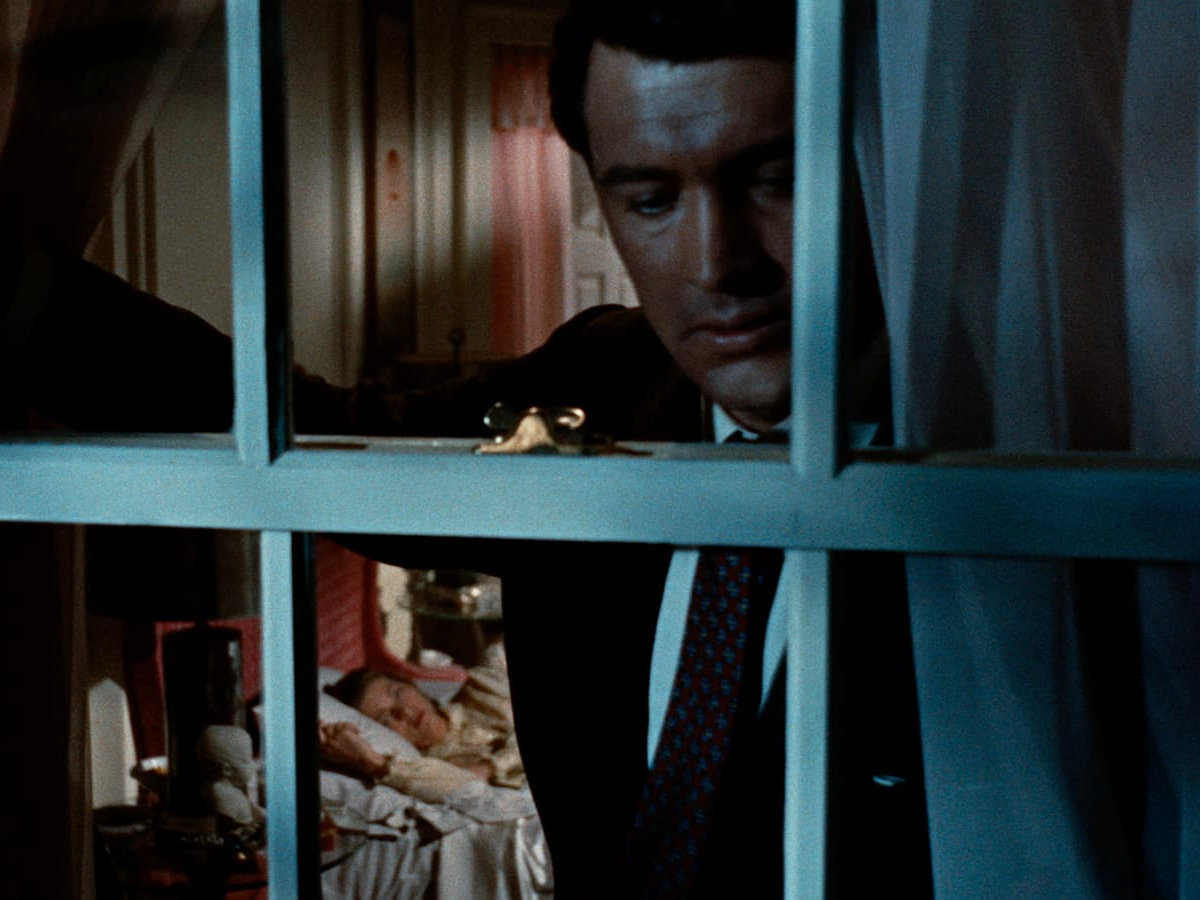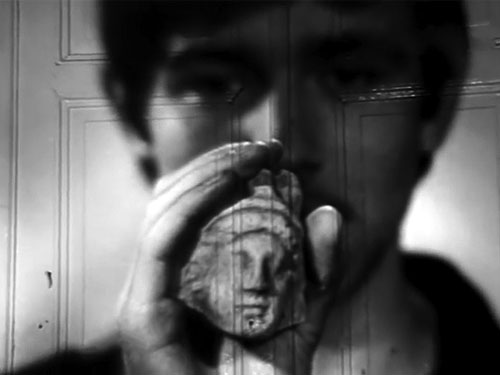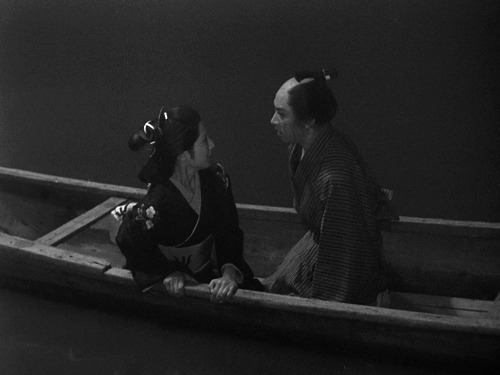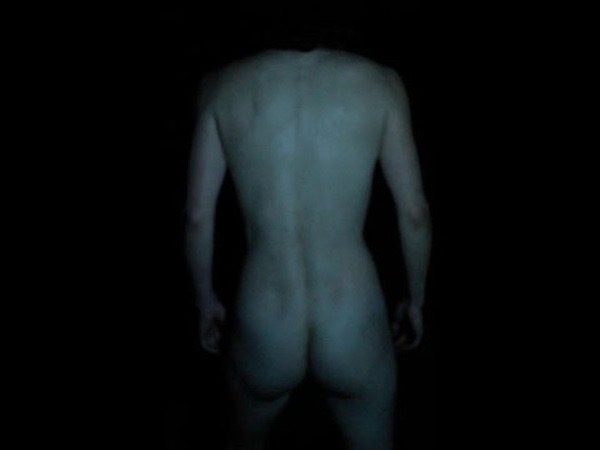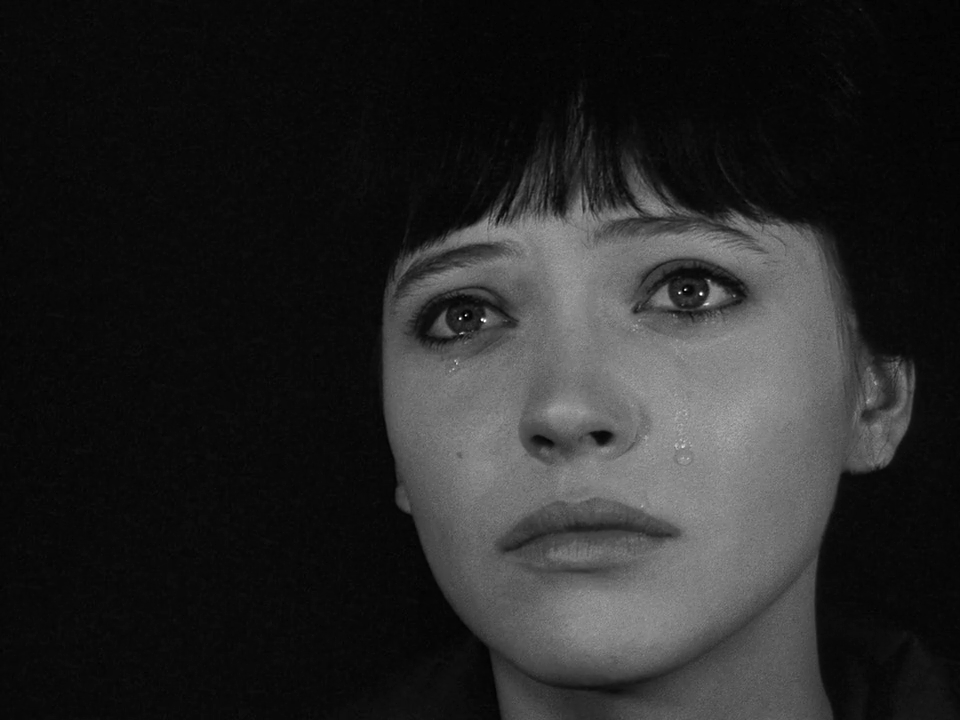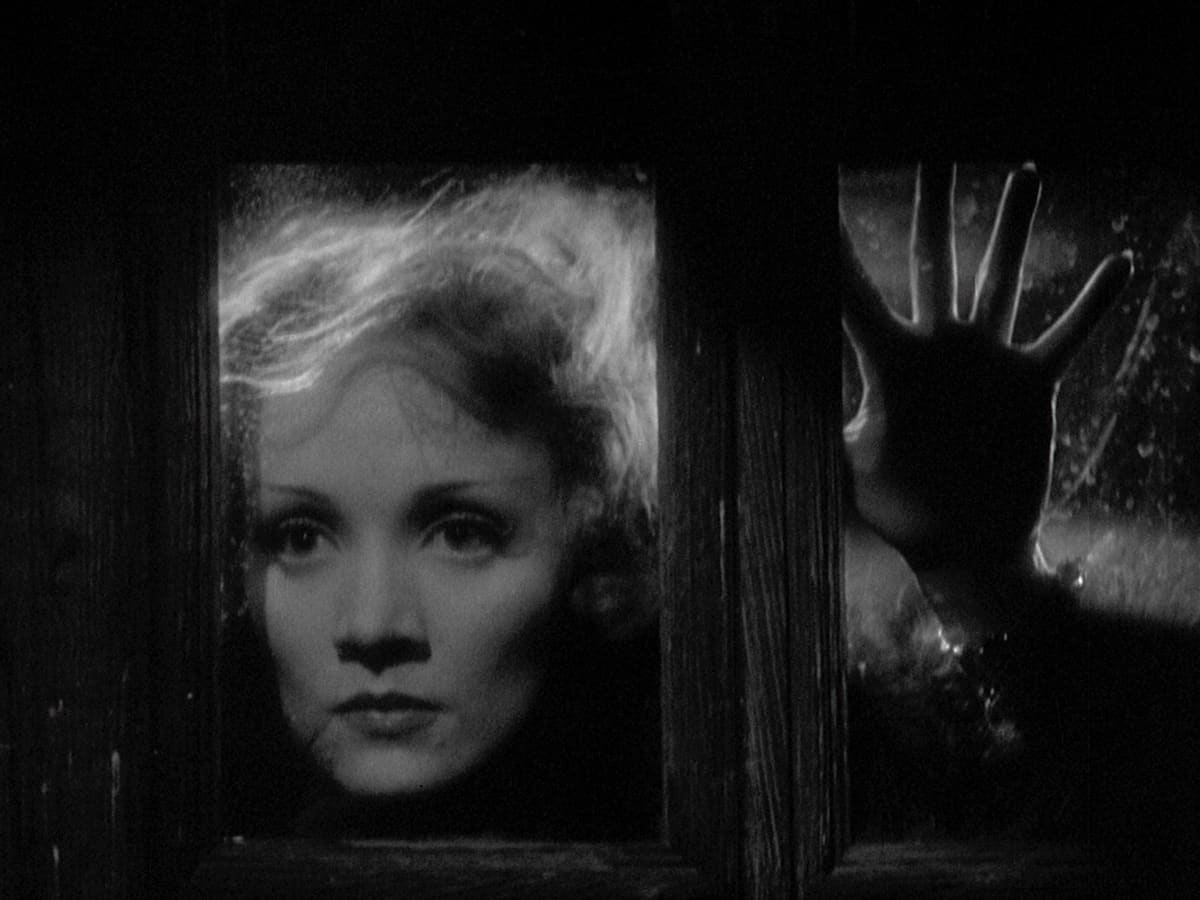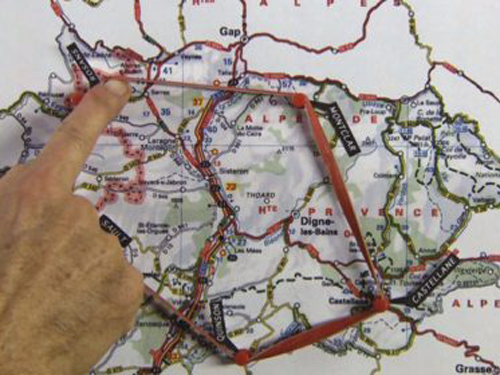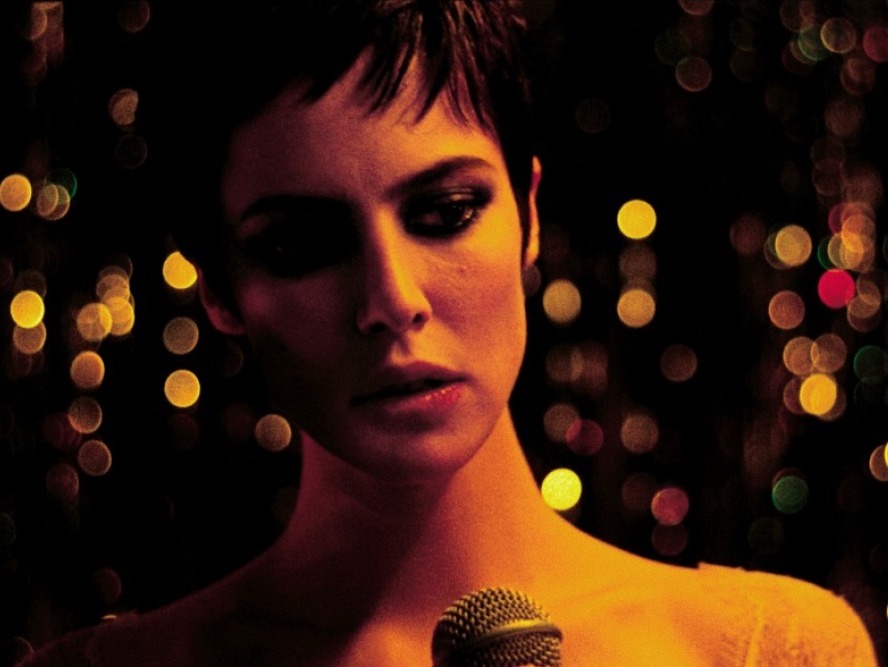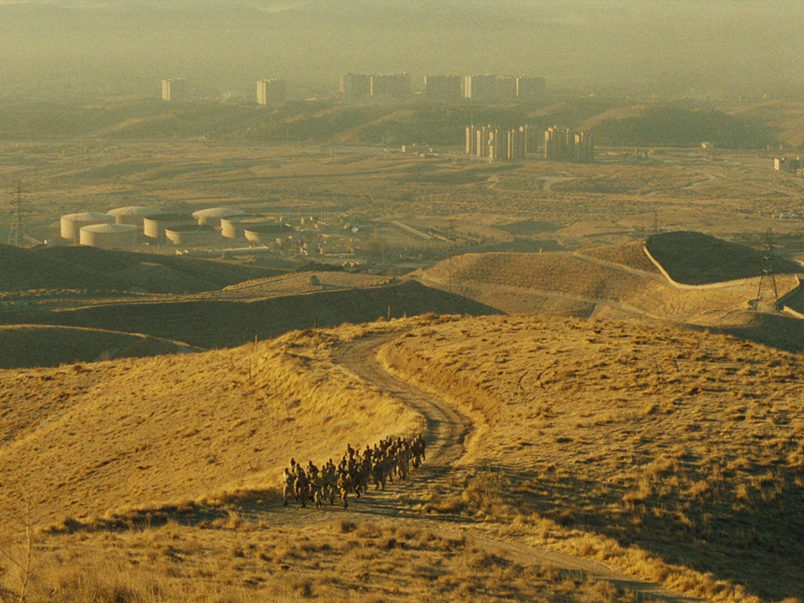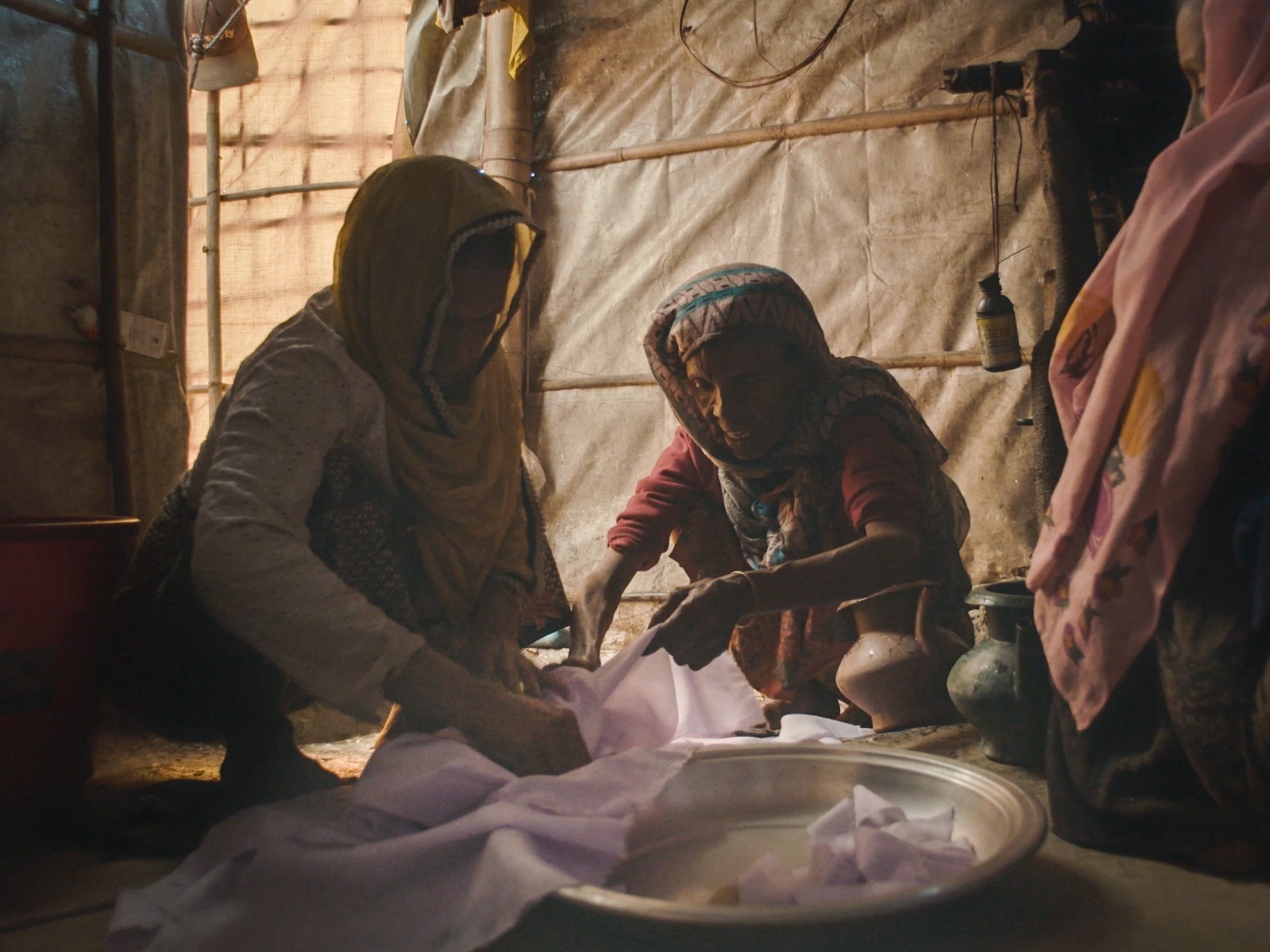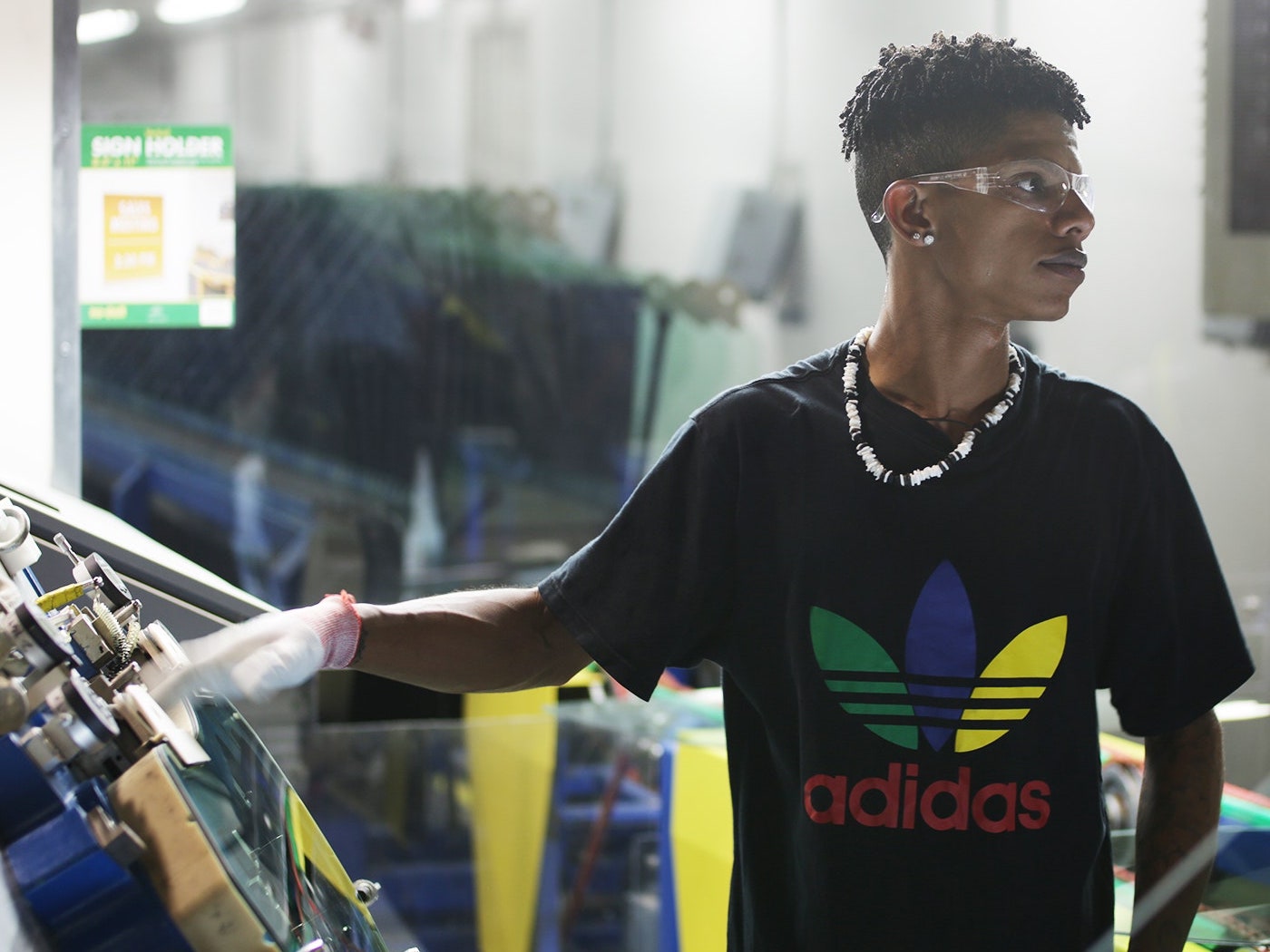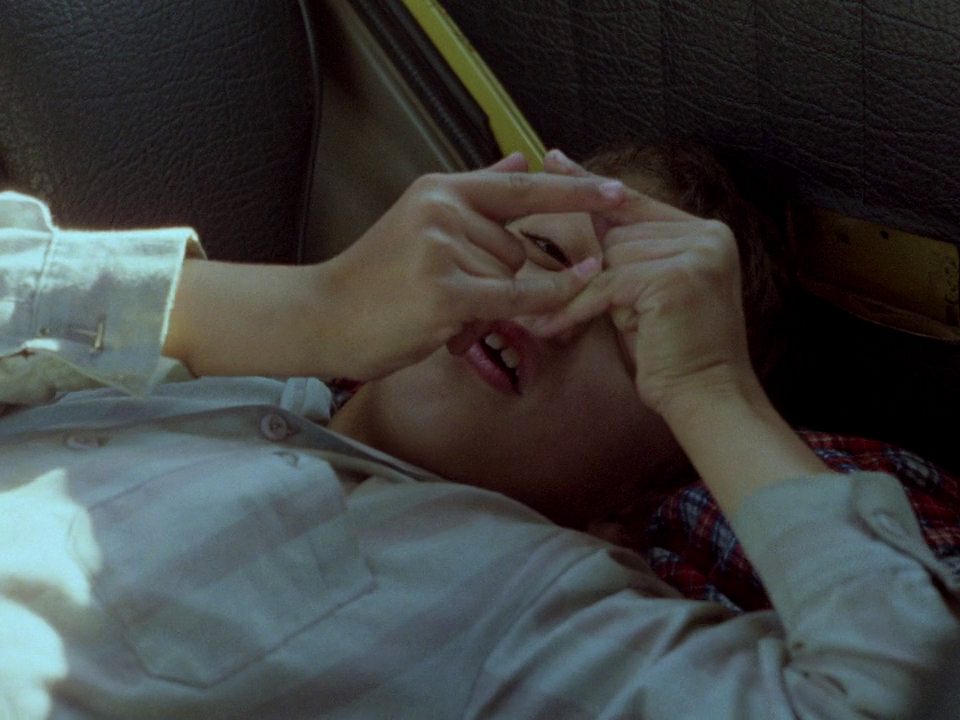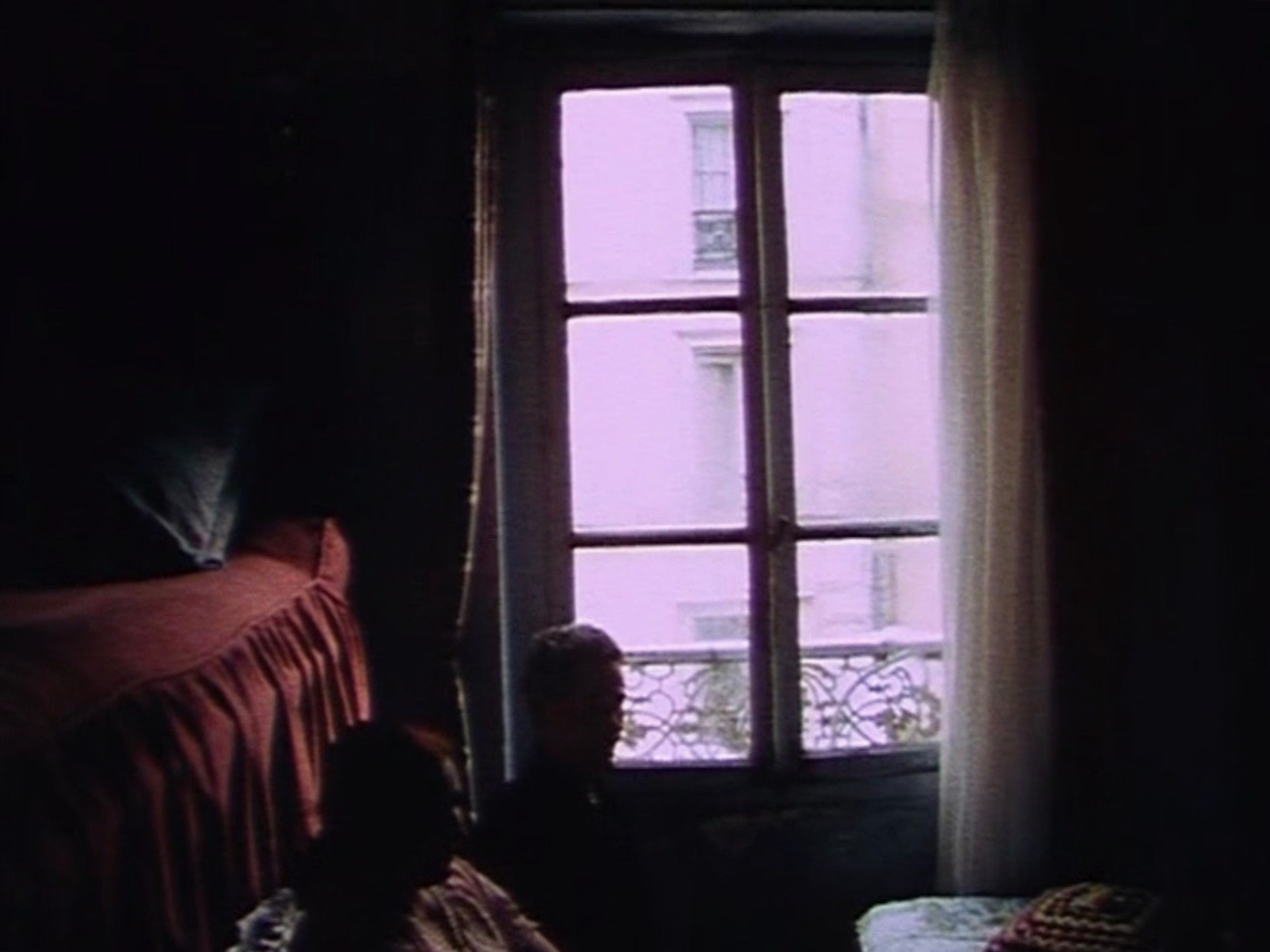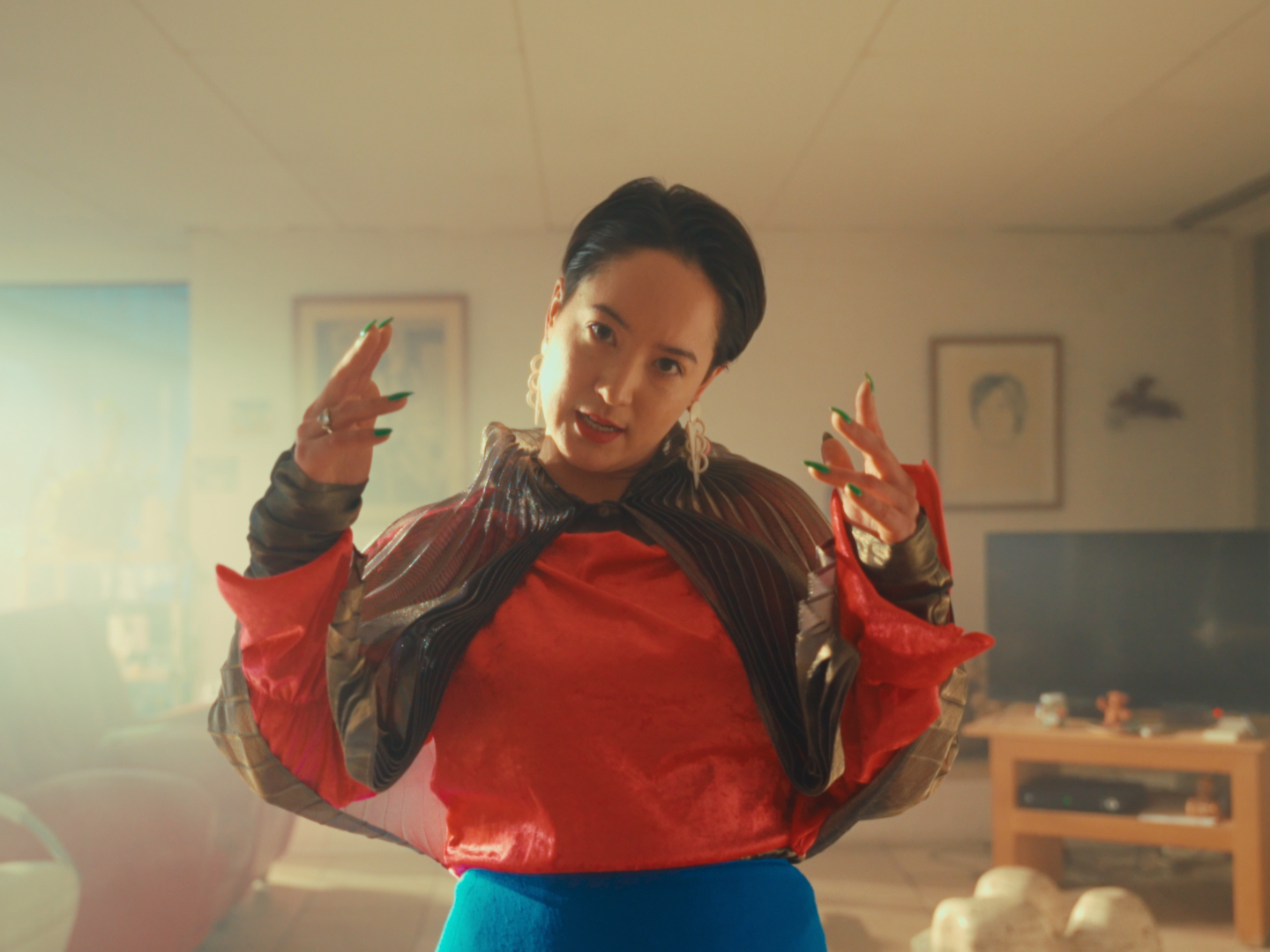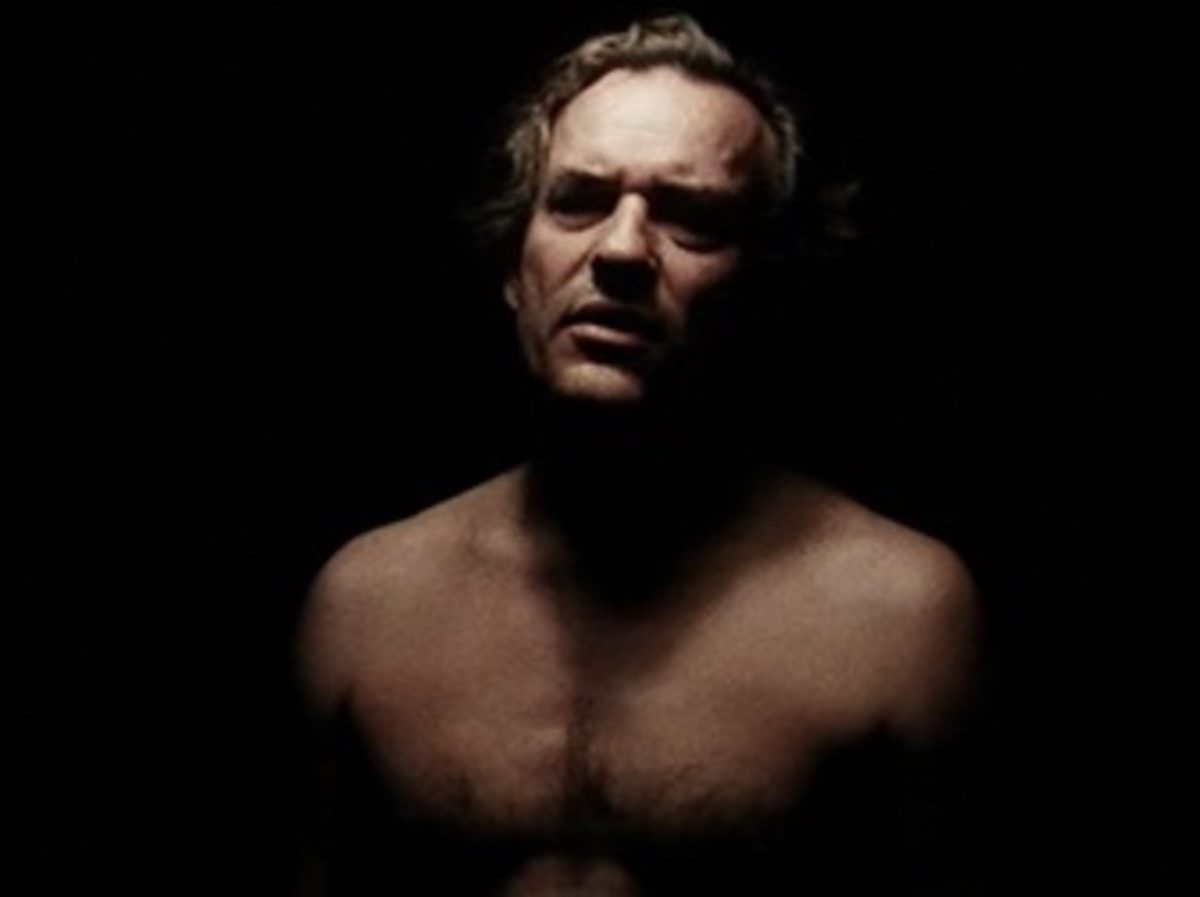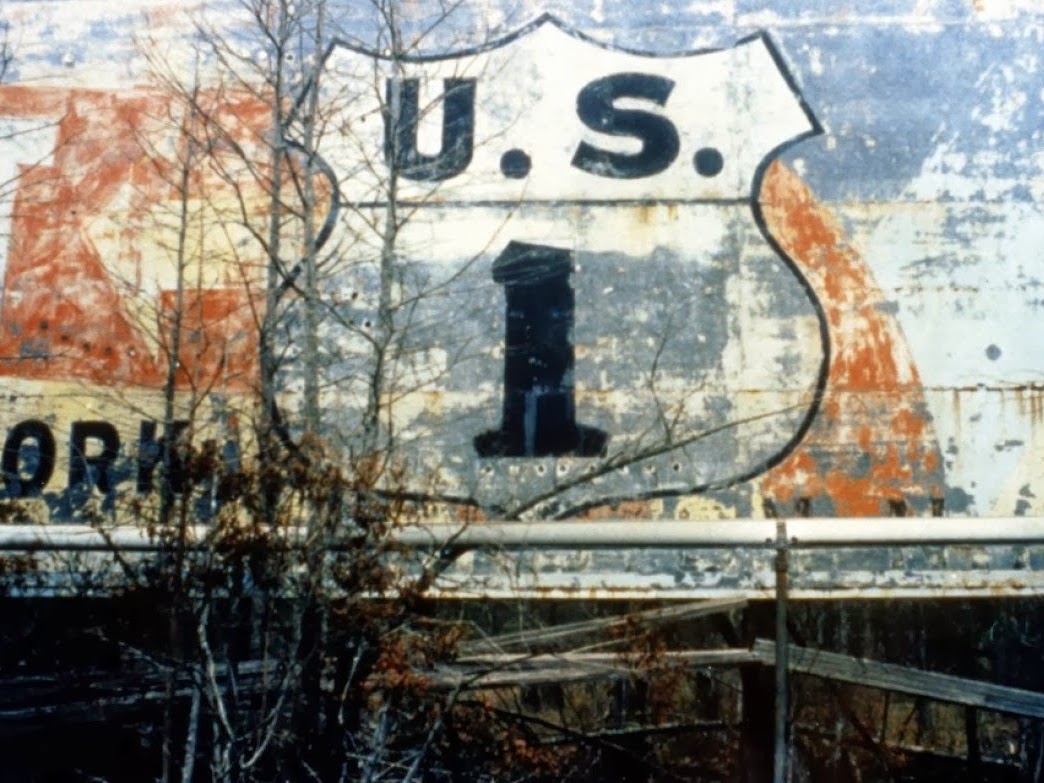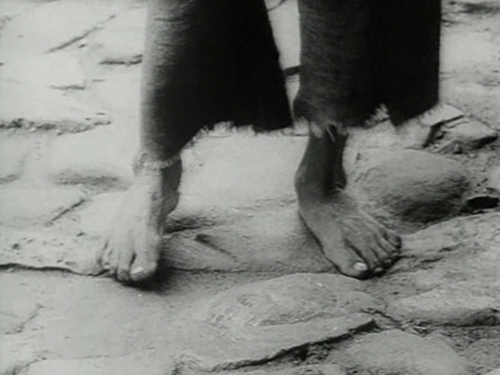EN
“Muratova contrived to make the first non-Soviet – not to be confused with anti- Soviet – films in the history of our cinema...They began the ‘long farewell’ of Soviet cinema.”
Andrei Plakhov
“The seductive, critical game of extreme points, of dialectics, of binary oppositions does not get us terribly far into Muratova. Commentators try in vain to divide her films into opposing groups, like: the plotless and the plotted; or the colour works and the black-and-white ones. As if this categorising gesture could somehow impose order on these films in their wild variety, from one to the next and within each one!”
Adrian Martin
“Many of Muratova’s admirers, including this one, still consider The Long Farewell her best film. Critics are unanimous in praising it. With its boldly unconventional montage and relation of soundtrack to image, this is a much more radical film, cinematically, than Brief Encounters. During the sixteen years that The Long Farewell was withheld from release it was regularly shown to students at VGIK, in Moscow, where it influenced a whole new generation of Soviet film-makers. As late as 1998 an informal poll of VGIK students, by a large margin, rated it Muratova’s most successful film. […] Muratova recalls the objections to the film: ‘This is petty-bourgeois, this is shameful, this discredits... Nothing more! You mustn’t film a cemetery, you mustn’t film about death, it’s impossible to have any scenes in a hospital, you can’t use this word or that word.’ But she was able, in retrospect, to appreciate the humour in the situation. The Party organizer of the temporary Party cell in our filming group turned out to be the make-up woman. She was called in and asked, ‘How could you have taken part in such a decadent film? How did you allow this to happen?’ She defended herself: ‘I didn’t know what they were filming, I was just doing the make- up, I didn’t have any idea what sort of ideological diversion they had cooked up.’”
Jane Taubman
NL
“Kira Muratova zit dankzij Gorbatsjov’s perestroika eindelijk in de lift. Sinds zij in 1967 als zelfstandige regisseur debuteerde met Brief Encounters is het werken haar vrijwel onmogelijk gemaakt en haar films werden niet of nauwelijks vertoond in de Sovjet-Unie. Reeds een jaar nadat een commissie in 1986 begonnen was alle ‘verboden’ films opnieuw te bekijken en te (her)waarderen werden Muratova’s eerste twee films vrijgegeven. Deze films werden met veel succes op festivals vertoond. […] Eugenia is een vrouw van veertig. Ze werkt als hoofd van een vertaalafdeling op een kantoor. Sinds haar man haar verlaten heeft, zorgt ze alleen voor haar zoon Sasja. Eugenia’s leven draait om deze Sasha en ze houdt hem voortdurend in de gaten. Ze domineert hem volledig, uit een wellicht onbewuste angst ook hem te verliezen. Dan nodigt zijn vader, die archeoloog is, Sasja uit op een archeologische expeditie in het Kaukasusgebergte. Deze vakantie betekent een omslag in het leven van de prille puber. Bij thuiskomst gaat hij zich verzetten tegen zijn moeder en maakt plannen om bij zijn vader te gaan wonen. Eugenia trekt alle registers open om de plotselinge weerbarstigheid van haar zoon te keren, maar zonder succes. Uiteindelijk moet ze inzien dat hij een zelfstandig individu is en dat ze zal moeten zoeken naar een nieuw evenwicht tussen hen. [...] Bekroond met de prijs Filmvondsten in 1988, in het filmmuseum te Brussel.”
STUC Filmkrant
“Evgenia Vassilievna is een gescheiden vrouw van rond de vijftig, die haar zoon alleen heeft opgevoed. Maar Sacha, een jongen die juist op de overgang tussen adolescentie en volwassenheid hangt, wil zich bevrijden van haar betutteling. Na zijn vakantie, die hij doorbracht in de Kaukasus, waar zijn vader archeologische opzoekingen deed, wil Sacha z’n studies opgeven en bij zijn vader gaan wonen. Zijn rebellie is wat brutaal, maar tegelijkertijd ook teder. Evgenia vecht met alle middelen om haar zoon te overtuigen bij haar te blijven. Op het einde heeft ze zich gewonnen, maar als Sacha de ontreddering van zijn moeder ziet, komt hij terug op zijn beslissing. […] Hoewel The Long Farewell in 1971 gedraaid werd, is de film voor het eerst vertoond op het festival van Locarno van 1987, waar het publiek de film met verbazing ontdekte samen met een vorige langspeelfilm van Kira Muratova, Brief Encounters (1967).”
Uit het persdossier van The Long Farewell
“Op het Filmfestival van Rotterdam waren dit jaar [1988] de Russische regisseurs zowel op het witte doel als in levende lijve zeer nadrukkelijk aanwezig. De meeste belangstelling ging uiteraard uit naar Sergej Paradzjanov, de regisseur van Armeense afkomst, die vijftien jaar in gevangenschap heeft doorgebracht. Het was zijn eerste reis buiten de Sovjet-Unie. Zijn aanwezigheid was een duidelijk gevolg van het huidige liberale klimaat in de Sovjet-Unie. Niet alleen zijn aanwezigheid was hieraan te danken. Ook filmmaakster Kira Muratova weet op dit moment nauwelijks wat haar overkomt. Na jarenlang vechten en knokken in de Brezjnew-periode om te kunnen blijven filmen, na jarenlang opboksen tegen een censuur, die haar films verminkte, achter slot en grendel opborg en in één geval zelfs volledig vernietigde, wordt zij nu in staat gesteld diezelfde films in het buitenlang te komen toelichten. Het kan verkeren, zeker voor regisseurs in de Sovjet-Unie. Ongeveer twee jaar geleden werden twee films van Kira Muratova door de autoriteiten voor vertoning vrijgegeven. Het betrof Brief Encounters uit 1967 en The Long Farewell uit 1971, die beide sinds hun totstandkoming verboden waren geweest voor vertoning.”
Jos van de Burg
“The Long Farewell kent een onrustige, zoekende cameravoering, kent extreme close-ups van een glas, wat bestek en handen die een hond strelen. De film zit vol met herhalingen van uitspraken, van handelingen, van scènes en van muziekfragmenten. Soms wordt een propbolle geluidsband hard gesneden op volkomen stilte. Sommige scènes zijn bewust onscherp en in weer andere wordt de scherpte voortdurent verlegd. Wie bij The Long Farewell echter denkt aan een experiment om het experiment, komt bedrogen uit. Het is geen King Lear van Godard, een film die bleef steken in zijn formele (en intellectuele) vondsten. In The Long Farewell blijkt al die stilistische nadrukkelijkheid de emotionaliteit van de film niet te schaden, maar wonderwel te stutten. De onrust op formeel niveau vormt een aangrijpende pas de deux met de labiele gesteldheid van Eugenia, met haar eigen gejaagde ritme. En net zoals Eugenia’s verwoede poging om Sasja voor zich te behouden in feite ook een teken is van levenslust, zo getuigt ook The Long Farewell zelf […] van vitaliteit, van een passie voor cinema die bijna niet van deze tijd is.”
Mart Dominicus
Mart Dominicus en Mark-Paul Meyer: Hoeveel tijd heeft u ongeveer nodig voor het monteren van een film?
Kira Muratova: Eigenlijk begin ik al tijdens de opnames met de montage. Na iedere opnamedag ga ik achter de montagetafel zitten en monteer alles wat er dan aan materiaal is. Dat gaat iedere dag zo. Alle montages kunnen invloed hebben op de volgende draaidag en op eerdere montages, die ik dan weer opnieuw bewerk. Normaal krijgen wij na de opnameperiode nog twee maanden de tijd voor de beeld- en geluidmontage. Maar als ik klaar ben met de opnames dan is mijn film al volledig gemonteerd. Die twee maanden gebruik ik voor de afwerking van de montage.
Als je zo vroeg met monteren begint als ik, dan ken je op een zeker moment al het materiaal uit je hoofd. Dan lig je ’s nachts in bed verder te monteren. Het is als een schaker die het schaakbord constant voor ogen heeft, ook als hij slaapt.
In een interview met Cahiers du Cinéma zei u over uw film The Long Farewell dat de film een oefening in montage was. Wat heeft u precies uitgeprobeerd in die film?
Montage is een spel, geen oefening. Het is een vermakelijk spel: uit het filmmateriaal kun je iedere gedachte vormen, iedere verplaatsing en inkleuring van scènes bereiken, van elke aard, complexiteit en onverwachtheid. Hierdoor krijgt de algemene inhoud, het karakter van de film gestalte. Dit karakter, niet alleen het ritmische effect, krijgt bij de montage vorm op alle niveaus.
In de film The Long Farewell is die liefde tot monteren tot principe geworden. Van vele scènes die ik meerdere malen had gefilmd, om zo de beste opname te kunnen selecteren, is bijna al dit dubbele materiaal gebruikt; ik gooi maar heel weinig filmmateriaal weg. U zult de vele herhalingen in de film opgemerkt hebben. Dit was niet van tevoren bedacht. Het idee ontstond pas tijdens de montage. Deze werkwijze dook al in een eerdere scène van de film op, maar het gebruik van die herhalingen werkte in de slotscène, in de concertzaal, bijzonder sterk. Het maakt de scène tot een van de meest geslaagde en emotionele scènes uit de hele film.
Zo ging het bij deze ene film. Bij andere films ging het weer anders. Iedere film kent zijn eigen leven.
[…]
Als je de lijn doortrekt, mag je dan stellen dat de problemen die u ondervonden heeft bij uw werk in de Sovjet-Unie voor u een stimulans vormden?
Ziet u, er bestaat een spreuk van Gauguin: “Het is waar dat het lijden het genie scherpt, maar het moet niet te veel zijn.” De moeilijkheden hebben lang geduurd, veel te lang. Maar gelukkig is er nu, met het uitbrengen van de films, een einde aan gekomen. Ik heb enkele scenario’s geschreven die ik graag wilde verfilmen. Destijds mocht dat niet. Nu zegt men, ga je gang maar, film maar, neem die oude scenario’s maar, die heb je toch nog liggen. Maar nu hoeft het niet meer, die films kan ik nu niet meer maken. De thema’s hebben geen waarde meer voor mij.
Mart Dominicus en Mark-Paul Meyer in gesprek met Kira Muratova
Kira Muratova: Ik draaide The Long Farewell heel snel, heel gemakkelijk.
Libération: En toen begonnen de problemen!
Zij vonden dat het een typische bourgeois-film was, rot van binnen en zeemzoet. “Wat voor iets is dat, die heldin die zich aan zo’n onnozeliteiten interesseert?” Ze vroegen zelfs advies aan het centraal comité van de partij. Vermits dat de film veroordeelde, bleek het jarenlang onmogelijk er nog maar over te spreken. En in de studio’s kwamen de partijcomités bijeen om te onderzoeken welke perverse invloed de opnames konden gehad hebben op het geheel van het personeel… Aan de verantwoordelijke voor de kostuums en de maquilleuse, die partijleden waren, werd gevraagd: “Maar waarom hebben jullie toch niets gezegd? Waar keken jullie toen Muratova draaide?” Het was als een echte heksenjacht, een compleet debiele sfeer, een nachtmerrie. Iedereen was geschokt en bang. Vanaf dat moment werd Muratova niet meer beschouwd als regisseur.
Gedurende de opnamen was niemand er zich van bewust dat…
Je maakt geen films in het geniep. Alles wordt bediscussieerd. Ook de studio is in alles geïnteresseerd, omdat het om geld gaat. Om zo’n film vooruit te doen gaan argumenteert de regisseur: die scène bevalt u niet, maar het is maar één scène. En hij denkt: als ze film in z’n geheel zien, zullen ze ’t begrijpen en dan zullen ze tevreden zijn. Toen ik mijn rushes naar Kiev, waar de Odessa-studio’s van afhangen, bracht, raadde m’n operateur me aan: toon dat uittreksel niet, laat het hier. Maar ik dacht: het is het beste, ’t zal ze bevallen. Hij woelde aan wat ik wel moest tonen en wat niet, maar ik was ervan overtuigd iets moois, iets prachtigs te maken. ’t Leek me onmogelijk dat het hen niet zou bevallen. Ik begrijp nog altijd niet waarom de film zo’n schandaal kon veroorzaken.
U maakt de realiteit niet mooier dan ze is: een conflict tussen moeder en zoon, de wanhoop van die vrouw, haar scheiding, het piepkleine appartement…
Schoonheid in het dagelijkse leven en artistieke schoonheid zijn twee verschillende dingen. Als je van een Toulouse Lautrec zegt: “Wat is dat mooi!” en daarna naar z’n model kijkt zeg je jezelf: “Maar dat is onmogelijk, ze is lelijk!” Ik spreek over de esthetiek als ik dat schilderij bekijk, zij die kritiek op me hebben spreken over de schoonheid in het dagelijks leven.
Libération in gesprek met Kira Muratova
“Filmen geeft mij veel plezier. Ik houd van het beroep en van het hele proces van het maken van een film. Ik kon er nooit van leven, maar sinds kort heb ik een vast maandsalaris en het is voor het eerst dat ik kan bestaan van het maken van films. Er zijn veel regisseurs, die als ze een film af hebben, zeggen dat als ze het over mochten doen ze het heel anders zouden doen. Ik heb dat nooit. Ik heb dat nooit. Als ik iets niet goed vind, doe ik het niet in de film. Als ik klaar ben met een film, moet ik tevreden kunnen zijn.”
Kira Muratova
FR
« Le critique qui aime découvrir de talentueux débutants se souvient des années 60 comme d’une époque heureuse où surgissaient dans chaque pays – Brésil, Tchécoslovaquie, Canada, Japon – des cinéastes novateurs. Grâce au merveilleux système soviétique, qui nous surprendra décidément toujours par la subtilité de ses arcanes bureaucratiques, ce même critique à la possibilité de faire aujourd’hui un retour en arrière, d’avoir un révélation rétrospective et de se retrouver, le regard vierge, devant l’œuvre de Kira Muratova soigneusement conservée depuis ses débuts en 1967 et quasiment non diffusée. Quatre films – deux d’entre eux totalement inédits, un autre distribué parcimonieusement, un quatrième mutilé – seront offerts pour la première fois en France, si tout se passe bien, au Festival des films de femmes de Créteil en mars. 1988. Il permettront de découvrir, par exemple, à quel point les premiers films de Muratova, Brief Encounters et The Long Farewell, participent pleinement, tout comme ceux de Iosseliani, Tarkovski, Panfilov, Paradjanov ou Kontchalovski, à la renaissance du cinéma soviétique dans les années 60, la décennie la plus riche depuis la grande époque du cinéma révolutionnaire des années 20. »
Michel Ciment
Michel Ciment et Brenda Bollag : Quelle étape du film vous met le plus à l’aise et vous donne le plus de joie : l’écriture, le tournage ou le montage ?
Kira Muratova : Le montage. Puis le tournage. Bien sûr j’aime aussi écrire ! Ce qui me plaît le moins, c’est la période préparatoire, la préproduction. Je suis très méticuleuse pour le son, j’aime le résultat mais pas le travail que cela nécessite. En fait c’est un travail qui a déjà été fait mais que je dois améliorer techniquement. C’est donc la répétition de quelque chose et cela n’est pas très gratifiant. Mais en même temps j’ai besoin d’ajouter des composantes aux plans, de travailler sur des détails. Autrement je m’ennuie.
[…]
La mise en scène est plus fragmentaire, éclatée que dans Brief Encounters. La dramaturgie des séquences est constamment rompue par des incidentes, des détails, des gros plans. Cela correspondait-il à une évolution chez vous, cette approche plus impressionniste ?
Je ne crois pas que ce soit plus impressionniste. Plus fragmentaire comme montage, oui. C’est un film plus sophistiqué, plus virtuose. Mais vous savez, j’aime tous mes films et je dis souvent qu’à cet égard j’ai un complexe de supériorité ! Je suis contente de moi ! S’il y a quelque chose qui ne me plaisait pas je le retirerais immédiatement et je ferais en sorte que le film me plaise. Il y a beaucoup de réalisateurs qui, après avoir terminé leurs films, disent : « Ah, si je pouvais recommencer ! » Je ne déclare pas du tout ce genre de choses, je ne peux dire lequel de mes films je préfère, pas plus que je ne peux dire qui est le meilleur d’un enfant, d’un adolescent ou d’un adulte. Chacune de mes œuvres correspond à une certaine période de ma vie. A chaque fois que l’on conquiert quelque chose de nouveau, quelque chose de se perd. Mais cela n’a rien à voir avec l’idée du progrès.
Mais pourquoi pour The Long Farewell cette évolution vers le fragmentaire ? Etait-ce dû, en partie, au sujet ?
Non, je ne le pense pas. Le sujet aurait pu être tout autre. Le style serait resté le même. Je sais qu’aujourd’hui je ne tournerais plus ainsi. Cela m’énerve. Je préfère les plans plus généraux, une approche plus globale. De toutes façons, je n’aime pas refaire ce que j’ai déjà fait, j’éprouve toujours un besoin irrésistible de créer différemment. Quand je suis en train de tourner j’ai vraiment l’impression d’œuvrer dans différentes directions. J’ai beau improviser, quand je monte le film je découvre que tout concorde, que ces lignes qui semblaient diverger en fait se rejoignent. Le film que j’ai tourné ne m’intéresse plus, non pas parce qu’il n’est plus intéressant mais parce que c’est un stade de la connaissance que j’ai dépassé. Par exemple je sais que je peux tourner avec des acteurs non professionnels, alors cela ne m’excite plus autant de le faire.
Michel Ciment et Brenda Bollag en conversation avec Kira Muratova
« Elle sait qu’on va lui parler de ses souffrances, aussi devance-t-elle les questions. Elle commence les phrases en français, bute sur de mots, les finit en russe. Il y a des fleurs sur la table et des journalistes sur les chaises. Des émus et des curieux. Cette femme a 53 ans, elle a réalisé six films, les journalistes en ont vu deux, et, en général, il les ont trouvés magnifiques. Le nom de cette femme, ils ne l’avaient jamais lu nulle part. Ses malheurs étaient inconnus, de même que sa résistance au malheurs. « C’est comme si vous aviez été violée et qu’on vous demandait de raconter les détails », dit-elle. Et encore : « Je suis comme Cendrillon qui est là, devant vous, alors qu’hier encore elle balayait la cuisine. » Et enfin : « Mon destin est le destin banal de tout cinéaste soviétique qui veut faire ce qu’il veut. » Elle s’appelle Kira Muratova, nous sommes à Locarno et les deux titres faussement simplets de ses deux films sont Brief Encounters (1967) et The Long Farewell (1971).
Son nom, à l’Ouest, est inconnu. Hier encore, il ne disait rien à personne (qu’est-ce qu’ils ont foutu, toutes ces années, nos pecés-specialistes de l’amitié entres les peuples ?). Son œuvre, à l’Est, est quasi occulte. Surveillance, censure, menaces, films massacrés, non distribués, interdiction de travailler, etc.… Contre The Long Farewell, le comité central du parti ukrainien à même pris la peine de voter un résolution. Film bourgeois, anti-soviétique, etc… Et ceci jusqu’à la récente Glasnost (Muratova : « J’aimerais être croyante pour prier pour que cela continue. ». »
Serge Daney
« L’œuvre de Kira Muratova semble placée sous le signe du hasard. « J’aime le hasard par principe », confie-t-elle d’ailleurs dans l’un de ses premiers entretiens « occidentaux » lorsqu’on lui de mande de définir son style. Ce principe d’incertitude va plus loin : il est non seulement la clef de voûte d’un système esthétique où chaque regard, chaque mot semble pouvoir remettre en cause la construction d’un plan, mais, plus encore, il semble conduire un destin. Sans vouloir reprendre un schéma écule – « Sa vie, son œuvre » – il faut bien dire que l’itinéraire personnel de Muratova est tout entier tendu par ce principe d’incertitude, à l’image de la petite région-frontière où elle est née, la Moldavie, tantôt soviétique, tantôt roumaine. La divulgation de son ouvre tien également de ce principe et l’on aurait pu ainsi, longtemps encore, continuer d’ignorer Muratova : ses films, totalement inconnus et inédits à l’ouest, coupées et mal distribués en URSS, ne sont sortis qu’après le Congrès de Cinéastes de 86, lorsque les pesanteurs se sont soulevées, laissant filtrer quelques films de Muratova vers le festival de Pesaro ou Paradjanov en personne vers Rotterdam. On pourra se demander longtemps ce qui pouvait justifier aux yeux de bureaucrates du cinéma soviétiques les réserves et les interdictions émises à propos de Brief Encounters ou The Long Farewell. Au-delà d’une vision parfois désenchanté de l’administration, ou d’un regard très précis sur les conflits de générations de la société soviétique, la principale charge subversive de l’univers de Muratova est avant tout de l’ordre de l’esthétique ou plutôt d’un état d’esprit. Il faut en revenir à cette incertitude qui habite les personnages et le croisement de leurs regards. Aucun de personnages de Muratova n’est « sûr ». Sûr de lui-même d’abord, comme Sacha, le jeune héros de Longs adieux dont la fine moustache adolescente, les yeux incertains et la peau granuleuse disent déjà la profonde fragilité de l’être, Sacha qui croit partir vers de nouveau horizons et qui finalement ne partira jamais. Sûr au sens d’esprit contrôlé et contrôlable d’autre part, dérèglement constant introduit pas. »
Antoine de Baecque
« Une chose est sûre : Ces images rageuses ne parlent que d’amour. Avec insistance, fantaisie, fureur. La maman ressemble à la Gena Rownlands des plus beaux Cassavetes, le garçon buté est un James Dean mal fichu, un Sal Mineo mal luné, tout sauf un héros soviétique. Il n’y a pas plus de héros dans les films de Muratova qu’il n’y a de Soviétiques. On est en Russie, un pays qui le cinéma a cessé de filmer depuis des années. Et c’est justement parce que Kira Muratova, dans son entêtement de cinéaste lunaire, ne s’est intéressée, pendant toutes les années, qu’aux sentiments des habitants de l’Union soviétique qu’elle a réussi, en douce, en fraude, avec une obsession d’artiste amoureuse, à filmer à travers l’URSS ce qui reste encore et toujours de la Russie éternelle : ses habitants. »
Louis Skorecki


